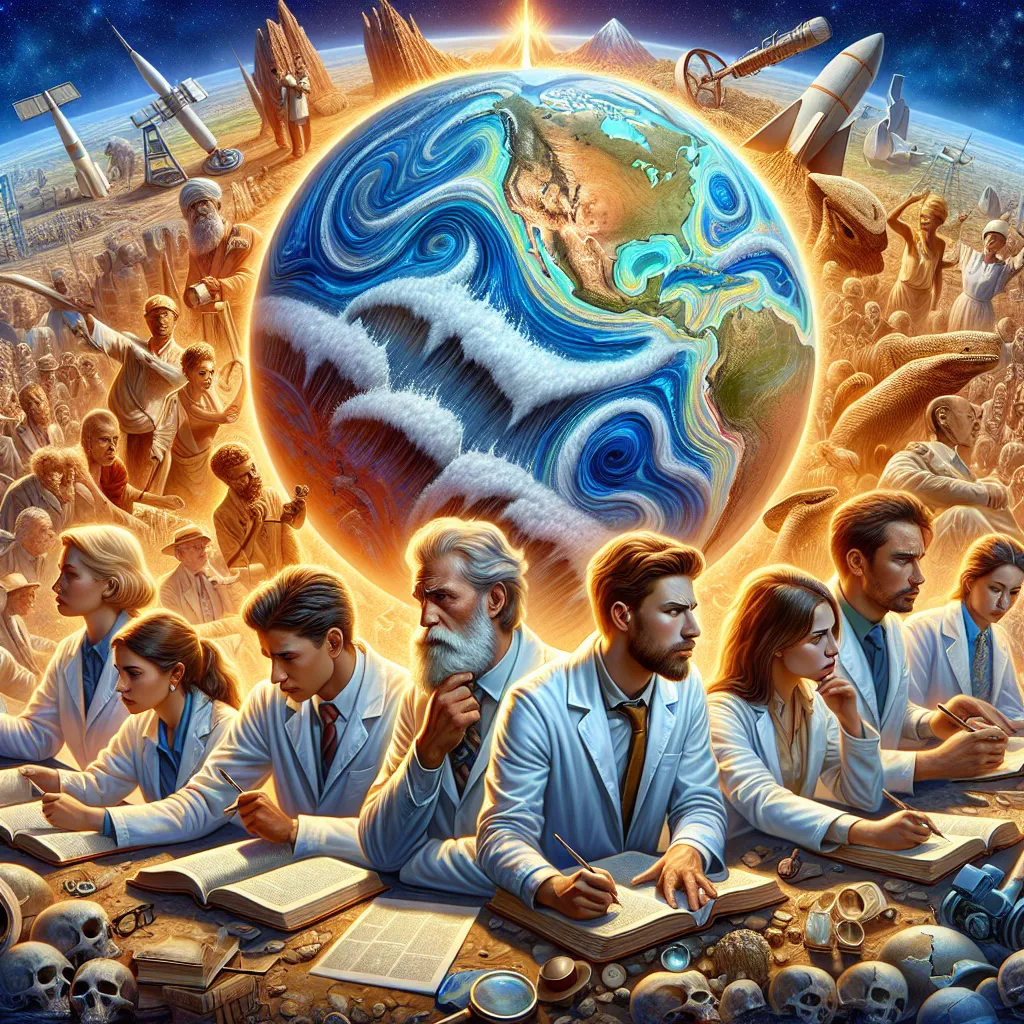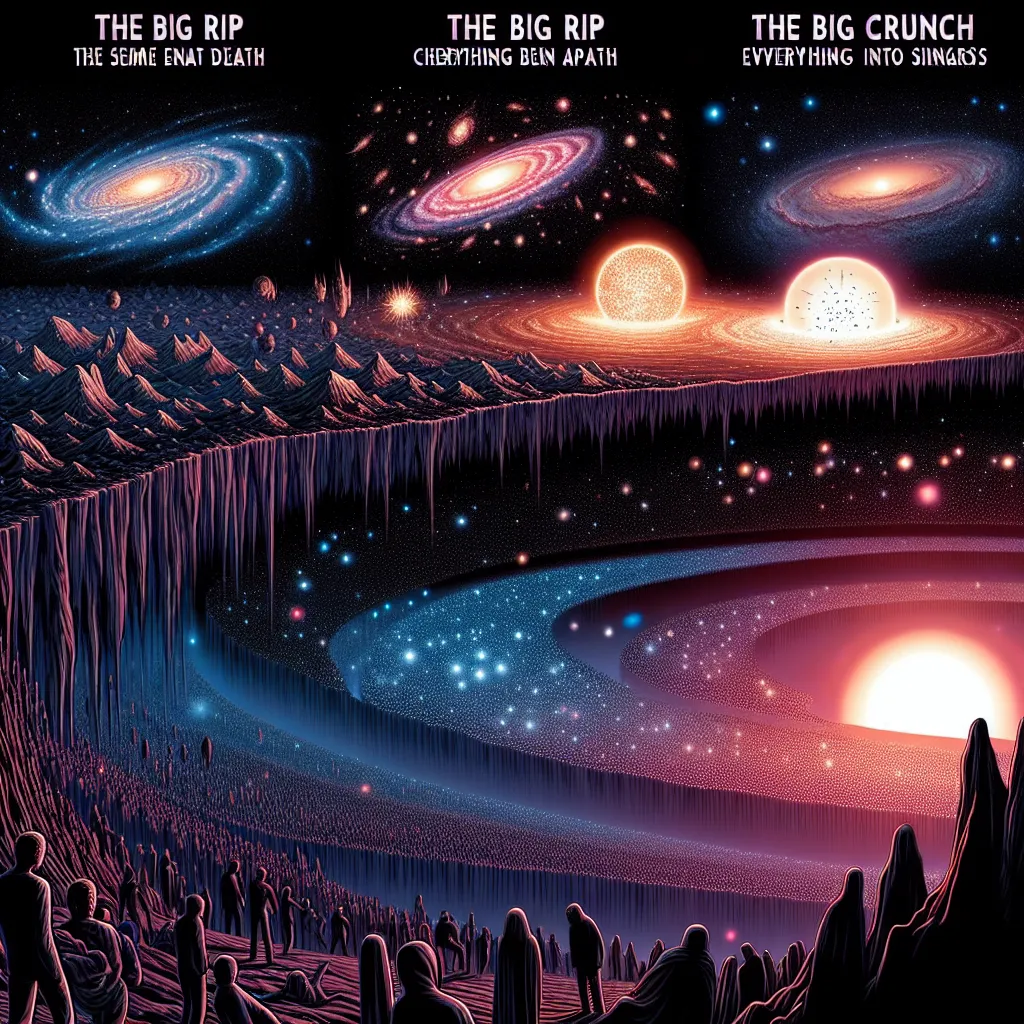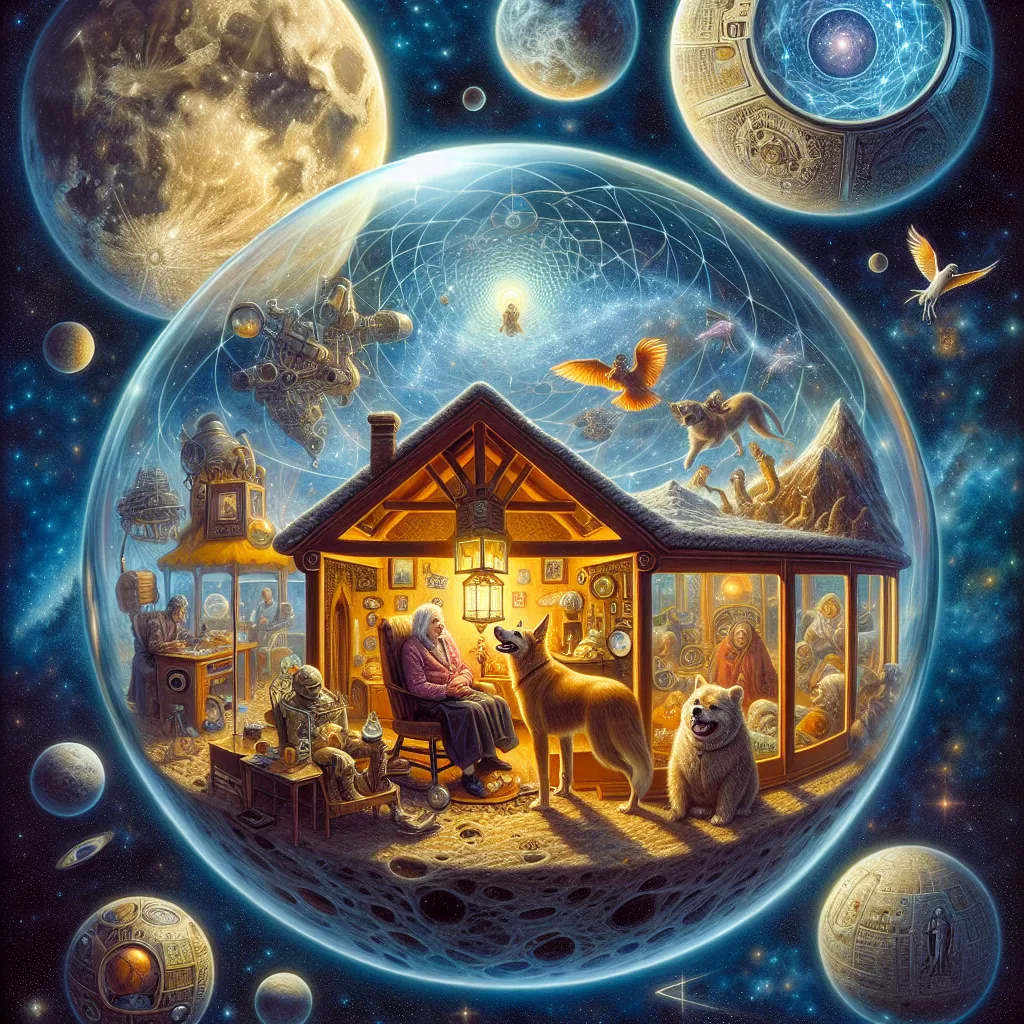The history of Earth is a tale of constant change and catastrophic events. It’s staggering to think that 99% of the species that ever existed on this planet are now extinct. These extinctions largely happened during mass extinction events, and there have been five such mass extinctions since life began on Earth. While some of these events dragged on for years, others struck suddenly and without warning.
There’s a growing belief among scientists that we might be on the brink of a sixth mass extinction, if it hasn’t started already. This raises the all-important question: is there anything we can do to stop it?
Our planet is dynamic; not only is the surface ever-changing, but so is its core. Studying earthquakes, a field called seismology, isn’t an exact science. Although seismologists and geologists have theories about what causes earthquakes, predicting them consistently remains out of reach. If they could predict them, countless lives could be saved.
Consider the devastating earthquakes that have happened in recent memory: the 1976 Tangshan earthquake, the 2004 Indian Ocean earthquake and tsunami, and the 2010 Haiti earthquake. These alone claimed around 1.2 million lives, turning entire families into statistics overnight. The sheer scale of these losses makes you wonder why mainstream science isn’t more open to exploring new ideas that could predict and prevent such disasters.
Throughout history, groundbreaking scientific theories have often been met with ridicule before finally gaining acceptance. For instance, the idea of continental drift was considered absurd, and the theory that an asteroid impact killed the dinosaurs was once seen as complete fiction. These examples show that the scientific community can be slow to embrace new ideas, especially those that challenge conventional wisdom.
Mass extinctions are defined as events that wipe out at least 75% of species on Earth. Evidence points to five major mass extinctions, each with different causes, such as asteroid impacts, massive volcanic eruptions, and pole shifts. Researchers like Graham Hancock and Randall Carlson argue that these cataclysmic events happen suddenly rather than gradually, supporting the theories of catastrophists over gradualists.
In recent years, new seismic data suggested a slowdown or even a halt in the Earth’s core rotation. This core, made up of an inner solid part and an outer molten part, generates our planet’s magnetic field. If this core slows or stops, the consequences could be severe.
Then there’s the unexplained seismic activity linked to gravitational forces and the behavior of the Sun. Jim Berkland, a geologist, made several accurate earthquake predictions based on the gravitational pull of the Moon and tidal stresses. His theories, although dismissed by mainstream scientists, found some validity when massive earthquakes correlated with full moons and high gravitational forces.
Predictions like these suggest our understanding of what causes earthquakes might be incomplete. The connection between magnetic fields, weather patterns, and seismic activity remains largely unexplored, and many mainstream scientists are hesitant to delve into these alternative theories, possibly owing to fear of being wrong or professional ostracism.
Further adding to the intrigue are theories about secret advanced technologies like HAARP (High Amplitude Active Auroral Research Program). While officially, HAARP researches the ionosphere to enhance communication systems, rumors suggest it could also manipulate weather and even induce earthquakes. This technology’s capabilities remain a topic of heated debate and speculation.
When it comes to extinction-level events, cosmic phenomena often take center stage. Astronomers have noticed unusual forces acting on the outer planets, suggesting the presence of a large, unseen object or even an additional star in our solar system. This has given rise to theories about Planet X or Nemesis — a theoretical object that could periodically disturb the stability of the solar system, leading to catastrophic events on Earth.
In 2020, scientists discovered the Radcliffe wave, a massive structure of gas, dust, and stars moving through the Milky Way. It’s speculated that our solar system’s interactions with such structures could influence both minor and major extinction events. These cycles of destruction and renewal seem to occur roughly every 26 million years.
Despite the mounting evidence and numerous coincidences, mainstream scientists are still reluctant to investigate these phenomena thoroughly. The reasons often boil down to ego, money, and power. Challenging established scientific paradigms can jeopardize careers and research funding, which keeps many scientists from exploring controversial or unconventional ideas.
Ultimately, understanding and possibly preventing future mass extinctions or catastrophic events will require a willingness to embrace new theories and challenge mainstream science. Only by being open to these maverick ideas can we hope to safeguard our future on this ever-changing planet.






